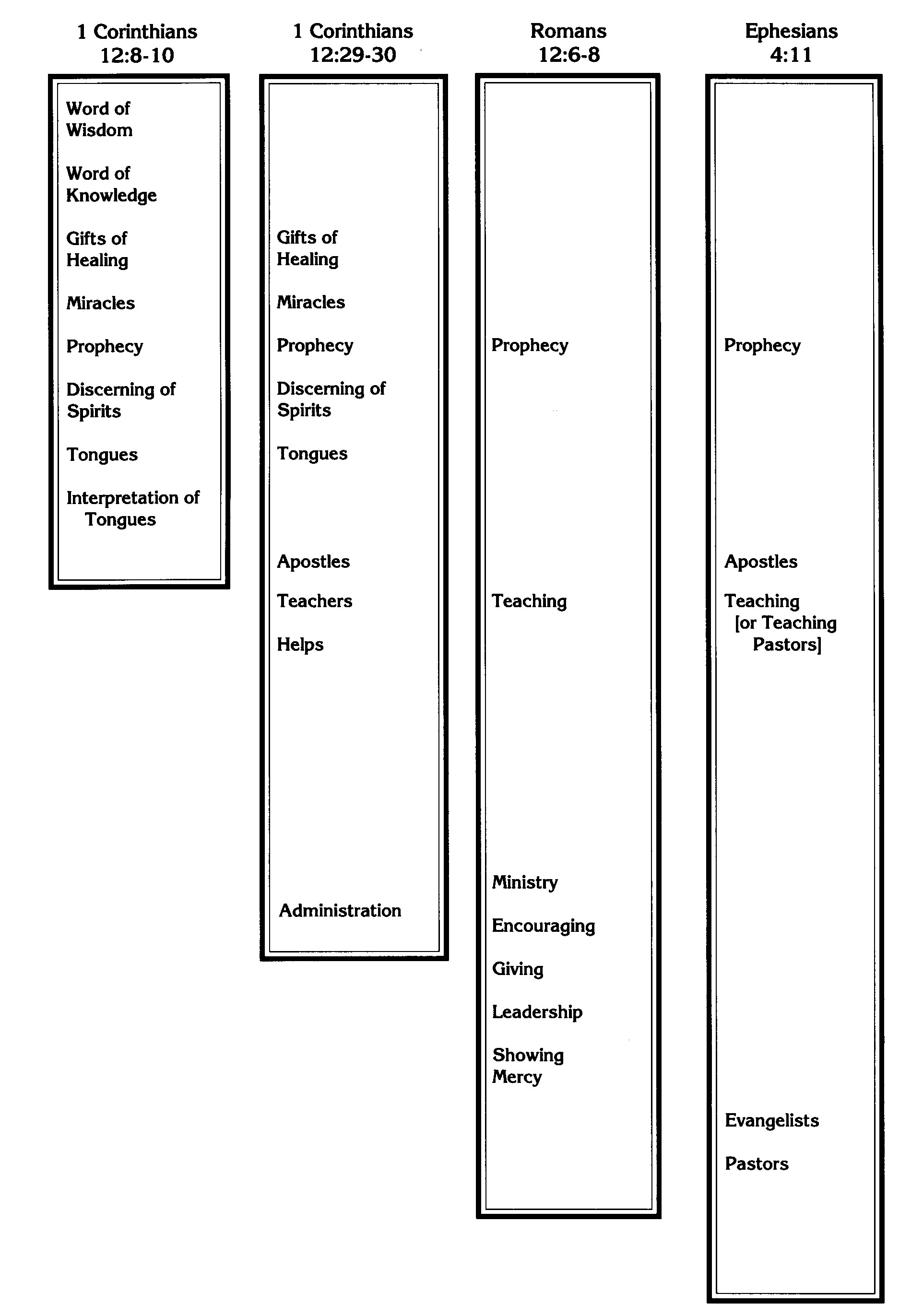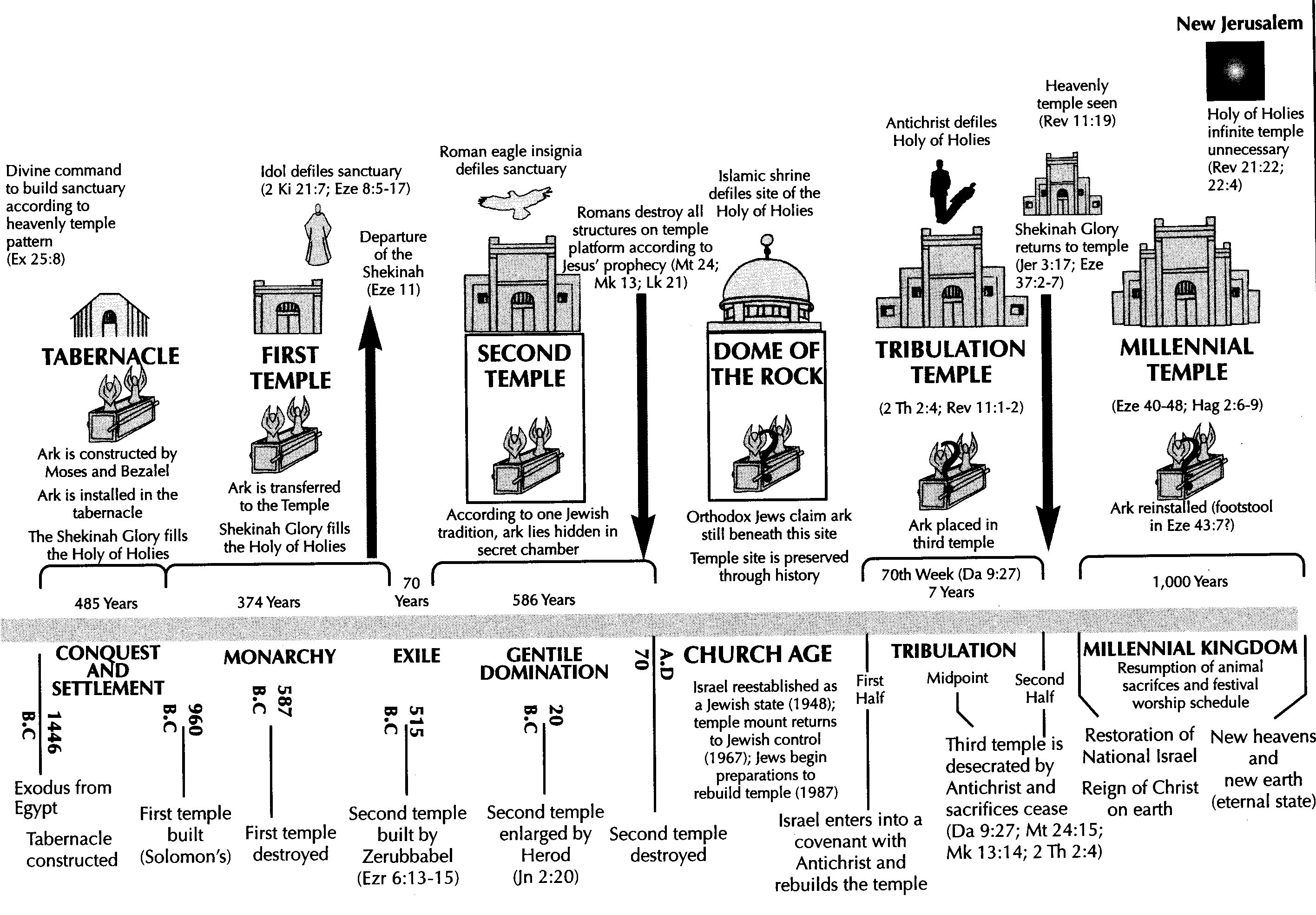
Alex Tang
Articles
- General
- Theology
- Paul
- Karl Barth
- Spiritual Formation
- Christian Education
- Spiritual Direction
- Spirituality
- Worship
- Church
- Parenting
- Medical
- Bioethics
- Books Reviews
- Videos
- Audios
- PhD dissertation
Spiritual writing
- e-Reflections
- Devotions
- The Abba Ah Beng Chronicles
- Bible Lands
- Conversations with my granddaughter
- Conversations with my grandson
- Poems
- Prayers
Nurturing/ Teaching Courses
- Sermons
- Beginning Christian Life Studies
- The Apostles' Creed
- Child Health and Nutrition
- Biomedical Ethics
- Spiritual Direction
- Spiritual Formation
- Spiritual formation communities
- Retreats
Engaging Culture
- Bioethics
- Glocalisation
- Books and Reading
- A Writing Life
- Star Trek
- Science Fiction
- Comics
- Movies
- Gaming
- Photography
- The End is Near
My Notebook
My blogs
- Spiritual Formation on the Run
- Random Musings from a Doctor's Chair
- Random Sermons from a Doctor's Chair
- Random Writings from a Doctor's Chair
- Random Spirituality from a Doctor's Chair
Books Recommendation
---------------------
Medical Students /Paediatric notes
Apostles' Creed: Chapter 3
1. God the Holy Spirit.
1.1 I believe in the Holy Spirit.
1.1.1 Key Bible Passages
A. John 14:15-27: Part of what Jesus told His disciples about the work of the Holy Spirit.
B. Acts 2:1-21: The events surrounding the coming of the Holy Spirit on the Day of Pentecost.
C. 1 Corinthians 14:1-25: Paul addresses some issues surrounding the use of the gifts of the Holy Spirit in the church.
1.1.2 Characteristics of the Holy Spirit
A. The Holy Spirit is a person.
B. The Holy Spirit brings life (John 1:12,13; Rom.8:14)
C. The Holy Spirit brings power.
D. The Holy Spirit convicts us of our sin (John 16:8)
E. The Holy Spirit is a pledge of our salvation.(2 Cor.1:22)
F. The Holy Spirit is our comforter (John 14:16,16; 14:26; 16:7)
G. The Holy Spirit opens our eyes to spiritual truths (John 14:26;16:13; 1 John 2:20,27)
H. The Holy Spirit helps us to bear fruit (Gal. 5:22,23)
I. The Holy Spirit gives us spiritual gift
Spiritual Gifts In the Bible

1.1.3 The Ministry of the Holy Spirit in the Old and New Testament

1.1.4 The Symbols of the Holy Spirit

DOVE
The dove is the primary symbol of the Holy Spirit because the Holy Spirit is present as a dove at the baptism of Christ. The dove also becomes the symbol of man making peace with God when it is offered as a sacrifice. Medieval art uses the dove to refer to the seven gifts of the Spirit (wisdom, understanding, counsel, power, knowledge, godliness and the fear of the Lord – Isa.11:2). In the New Testament, twelve doves symbolise the fruit of the Spirit (love, joy, peace, patience, kindness, goodness, faithfulness, gentleness and self-control-Gal.5:22).

FIRE, TONGUES OF FIRE
Fire is a symbol of both God and the Holy Spirit. In the Old Testament fire represent the presence of God in His Glory. In the New Testament, fire is the symbol of the Holy Spirit. Tongues of fire representing the Holy Spirit fell on the disciples on Pentecost.

COLUMBINE
The seven blooms of the columbine symbolise the seven gifts of the Holy Spirit. Columbine means ‘like a dove’ because its flowers were thought to resemble doves in flight. Because of this association, it became the symbol of the Holy Spirit who descended in the form of a dove.
2. The Church.
2.1 The holy catholic church.
2.1.1 Key Bible Passages.
A. 1 Corinthians 12:4-31: Paul’s teaching on the church as the body of Christ.
B. Ephesians 5:25-33: Paul uses marriage to illustrate the relationship between Christ and the church.
C. Colossians 1:18: A reminder of who is in charge.
2.1.2 Features of the church.
A. The church is one.
B. The church is holy.
C. The church is catholic.
Many people have come to associate the world ‘catholic’ with the Roman Catholic Church. This is not true. The Greek word katholikos means “according to the whole’ or ‘universal’. In saying that the church is catholic, we are affirming that its message is valid and relevant to every age and situation. It is relevant to the second century as it is now in the twenty first century. Catholic is an affirmation of the universal validity and relevance of the gospel.
D. The church is apostolic.
The church continues in the faith and teaching of the first apostles (Acts 2:42) and accepts the Great Commission (Matt. 28:16-20) entrusted to them. The faith and tasks of the apostles have become ours.
2.1.3 The Sacred Sanctuary in History and Prophecy

2.2 The communion of the saints.
2.2.1 Key Bible Passages.
A. Acts 4:32-37: An insight into the life of the early church.
B. Romans 12:3-11: Paul’s teaching on how Christians are to relate to one another.
C. Ephesians 4:11-16: The purpose of leadership within the church.
D. Hebrews 11:1-12:3: The roll call of those who have gone ahead of us.
2.2.2 Symbol of the Church

In the early church, believers called themselves “son of the celestial Icthus” (Greek for fish). The five letters spelling out fish in Greek came to represent the slogan “Jesus Christ, Son of God, Saviour”.
In the second century, Tertullian wrote,
“We small fish, like our Fish, Jesus Christ, swim in the [baptismal] water, and
we can be saved only by remaining in it.” In the third century, Cyprian wrote.”
It is in the water that we are reborn, in the likeness of Christ our master, the
Fish”.
The fish become a common sign used by persecuted Christians to identify themselves as believers – a secret sign of faith.
3. Forgiveness and Eternal Life.
3.1 The forgiveness of sins.
3.1.1 Key Bible Passages.
A. Isaiah 59:1-15: Why forgiveness is necessary.
B. Matt. 18:23-35: When forgiveness is impossible.
C. 2 Corinthians 5:18-21: Passing on the good news.
D. 1 Peter 1:14-17: The high standards to which we are called.
3.2 The resurrection of the body, and the life everlasting.
3.2.1 Key Bible Passages.
A. John 11:21-27: Jesus’ response to death.
B. 1 Corinthians 15: The implications of the resurrection of Jesus
C. Revelation 21:1-22:6: Something to look forward to.
3.2.2 Future Judgement and Resurrections

3.2.3 Rewards at the Judgement Seat of Christ (1Cor. 3:14; 2 Cor. 5:10)
|
|
Description |
Biblical Reference |
|
Crown of Life |
Martyr’s crown for those who have suffered for Christ and have been “faithful until death” |
James 1:12; Rev.2:10 |
|
Crown of Glory |
Elder/pastor (shepherd’s) crown for faithfully preaching and teaching the Word. |
1 Peter 5:1,4 |
|
Crown of Righteousness |
A crown reserved for those who long for the coming of Christ has kept them prepared, leading holy lives while watching for His return. |
2 Timothy 4:8 |
|
Crown of rejoicing |
Special crown reserved for faithful witnesses of Christ whose testimony has been behaved. |
1 Thess. 2:19 |
|
Crown of Victory |
An incorruptible crown given to those who discipline themselves to live a life consistent with their testimony. |
1 Cor. 9:25-27 |
Reflection Questions
1. What gifts has God given you? In what ways can you use them?
2. What are the four characteristic marks of the church? Why are they so important? What suggestions can you offer for our church to become a church with these characteristics?
3. Why is real forgiveness so difficult to offer and to accept? How does this apply to you in your relationship with God? How does this apply to you to other members of your church?
- The Apostles' Creed
- The Apostles' Creed: Chapter One
- The Apostles' Creed: Chapter Two
- The Apostles' Creed: Chapter Three
- The Apostles' Creed: Chapter Four
- The Apostles' Creed: Study Notes